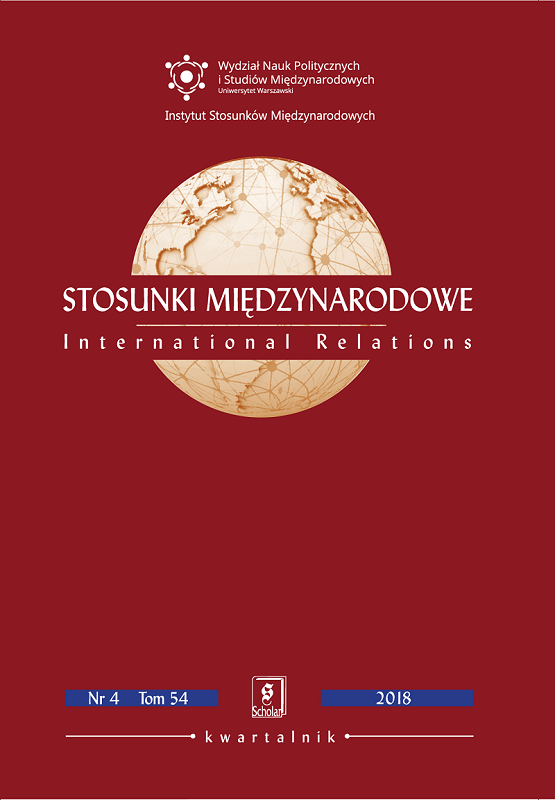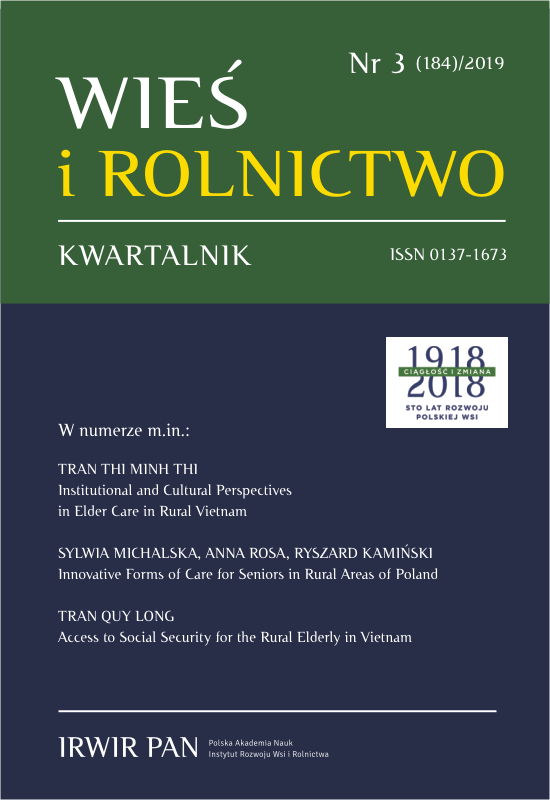
We kindly inform you that, as long as the subject affiliation of our 300.000+ articles is in progress, you might get unsufficient or no results on your third level or second level search. In this case, please broaden your search criteria.

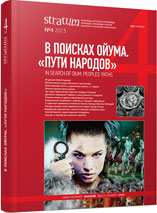
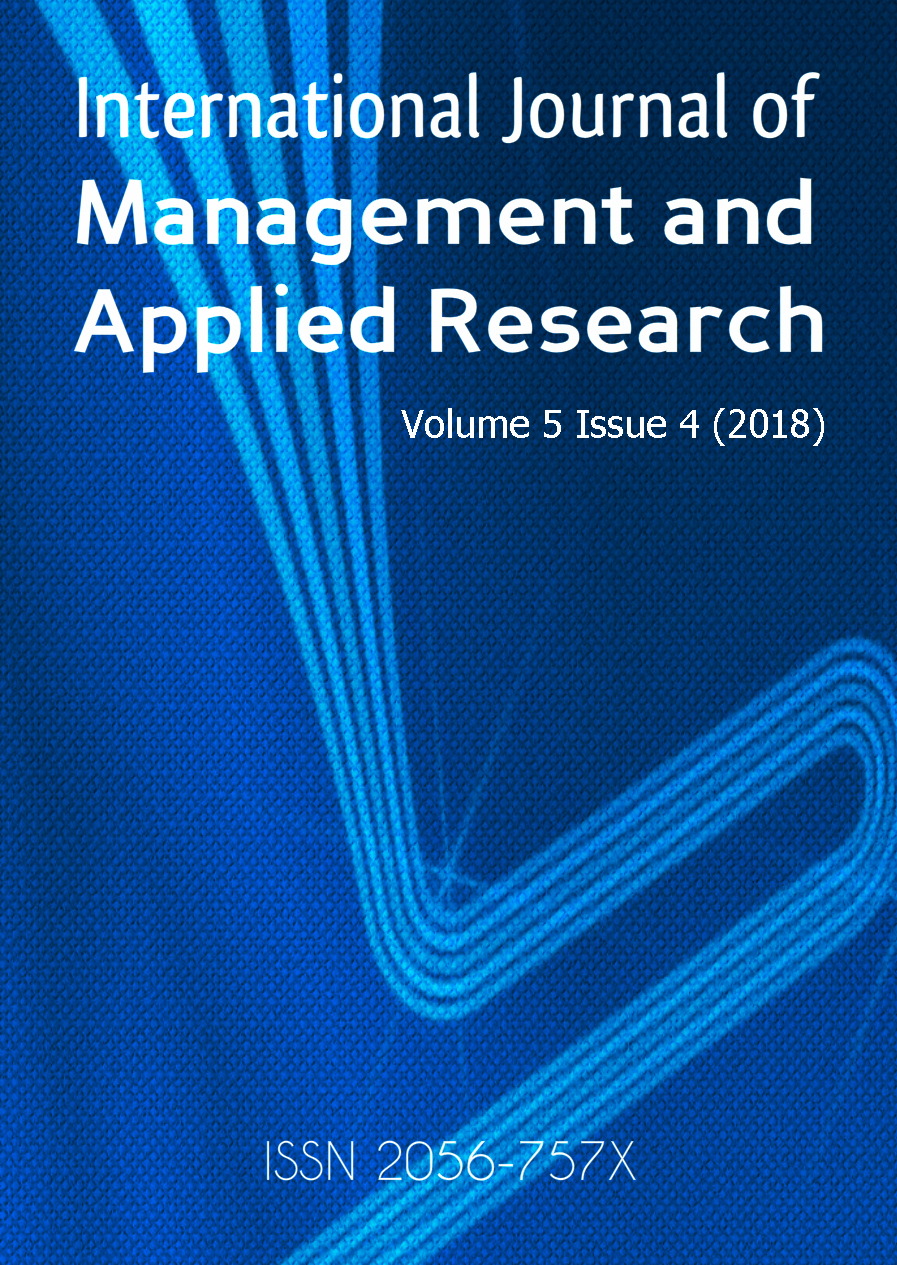
In this article I reflect on my use of LEGO® SERIOUS PLAY® as a teaching intervention in sessions on referencing and plagiarism awareness. Building on a paper I presented at the Librarians’ Information Literacy Annual Conference (LILAC) in early 2018 (Bond 2018), I explore how I use LEGO® SERIOUS PLAY® to build student understanding of the reasons why referencing is important as an academic practice. I discuss my experiences of using LEGO® SERIOUS PLAY® in referencing classes and finally, propose ways I can expand on its use and effectiveness.
More...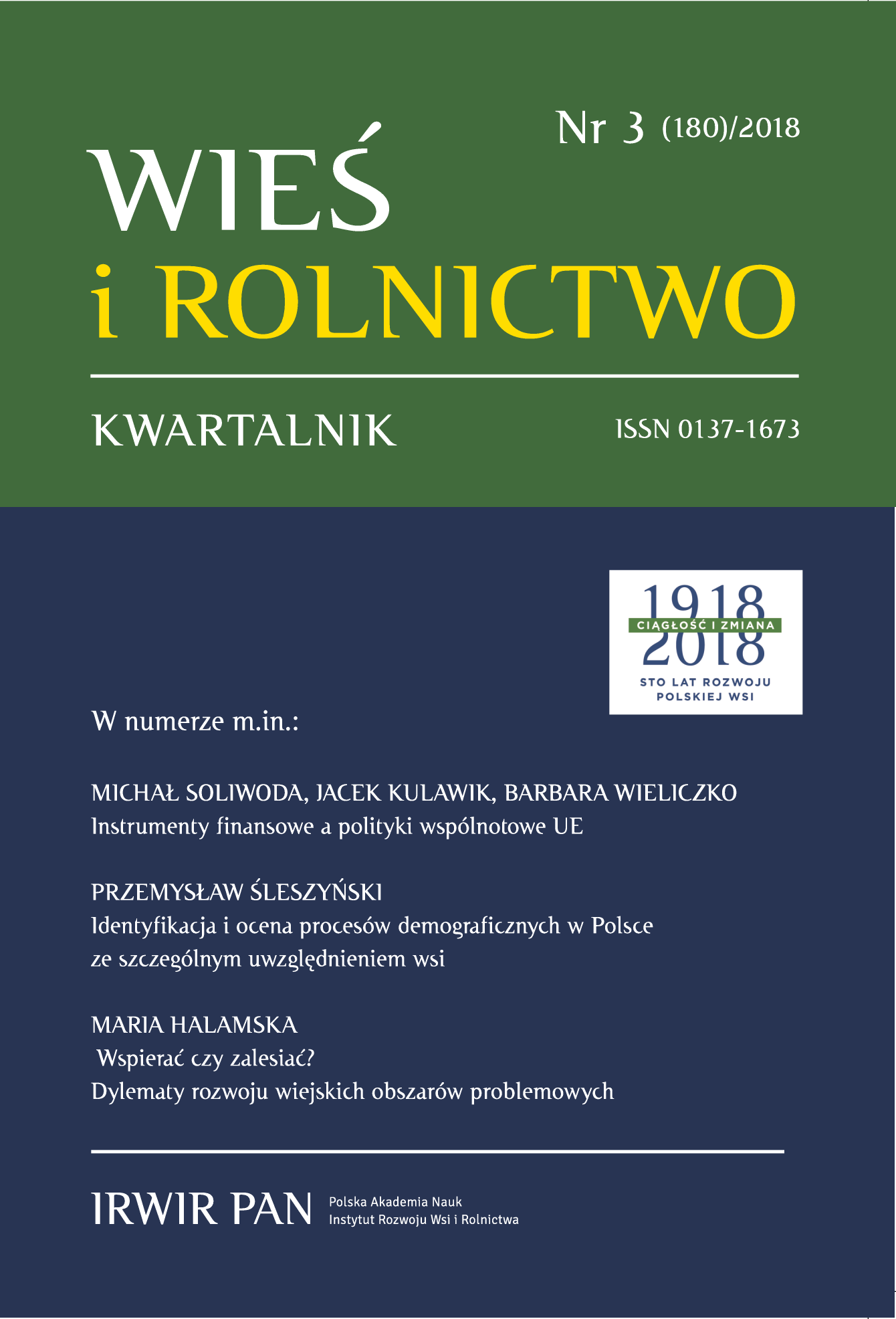





The paper offers a survey and a brief description of basic writings directly or indirectly tackling the topic of the mediaeval Garić-grad, or rather the period of its establishing, existence and tragic ending. In order to finally shed some light onto Garić-grad, which got buried by the Ottoman conquest, comprehensive archaeological explorations had to be carried out; this was realised in the second half of the 20th century (in most part up to 1971). These explorations and their finds led to concrete conclusions regarding the life in Garić-grad, i.e. the role it had played in the history of mediaeval Croatia and Slavonia. This paper endeavours to present these explorations in a summarised fashion.
More...
The prior of the monastery in Vrana and Croatian Vice-Roy Ivan Paližna (of Paližna) was one of the key protagonists in the stormy political state of affairs in the Hungarian-Croatian Kingdom toward the end of the 14th century. However, the reconstruction of his life and work still remains incomplete in a number of details, mainly due to the lack of original data. Paližna’s personality and role have so far not been thoroughly monographically analysed in all aspects of his life, though many researchers have studied his personality, enriching their work with new sources or interpretations of the earlier knowledge. This paper’s primary objectives are the following: to offer a survey on available sources and evaluate the existing Croatian historiographic works tackling Ivan Paližna; to define thematic circles and interpretative ideological signs; and to explore particular debatable moments in Paližna’s biography.
More...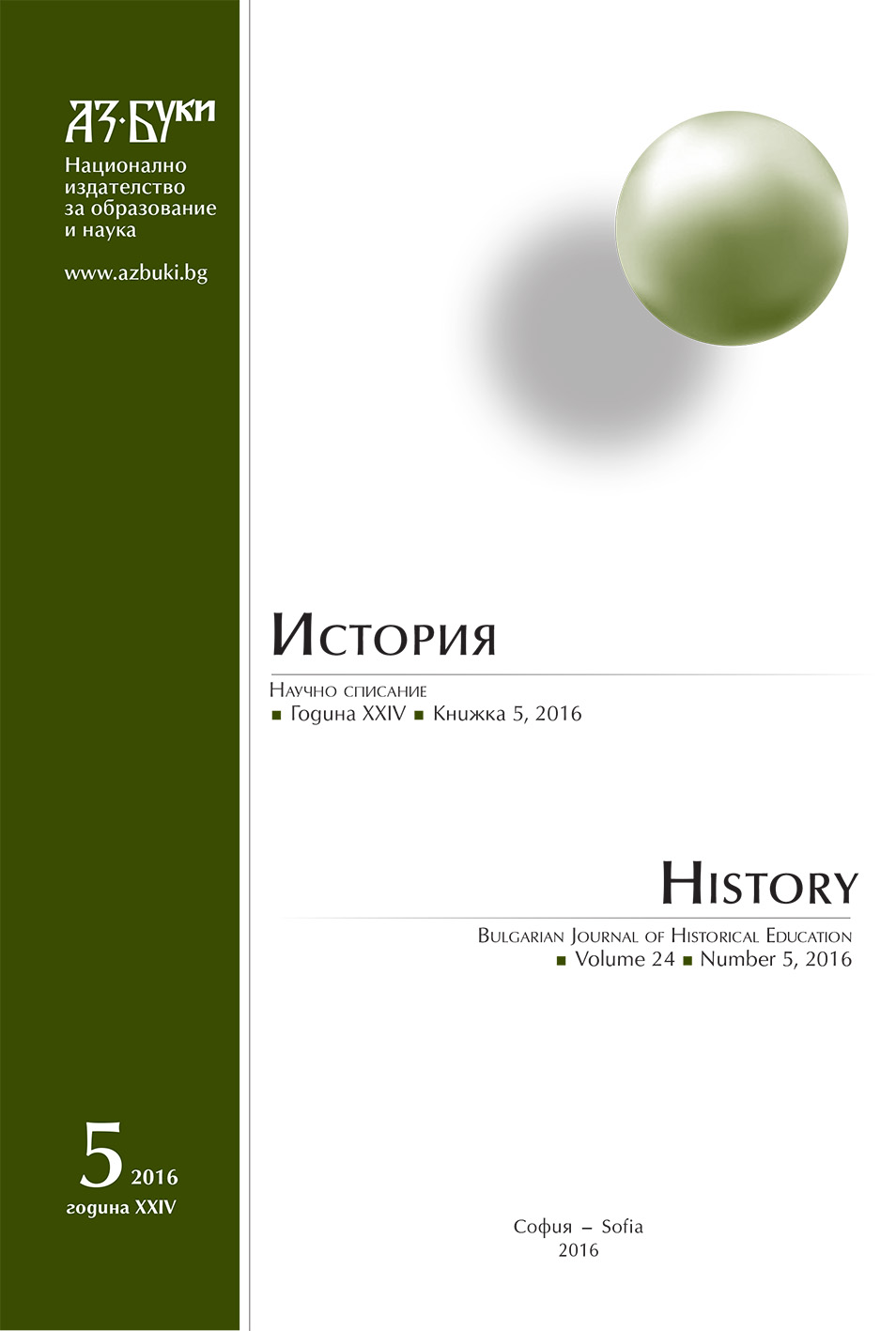
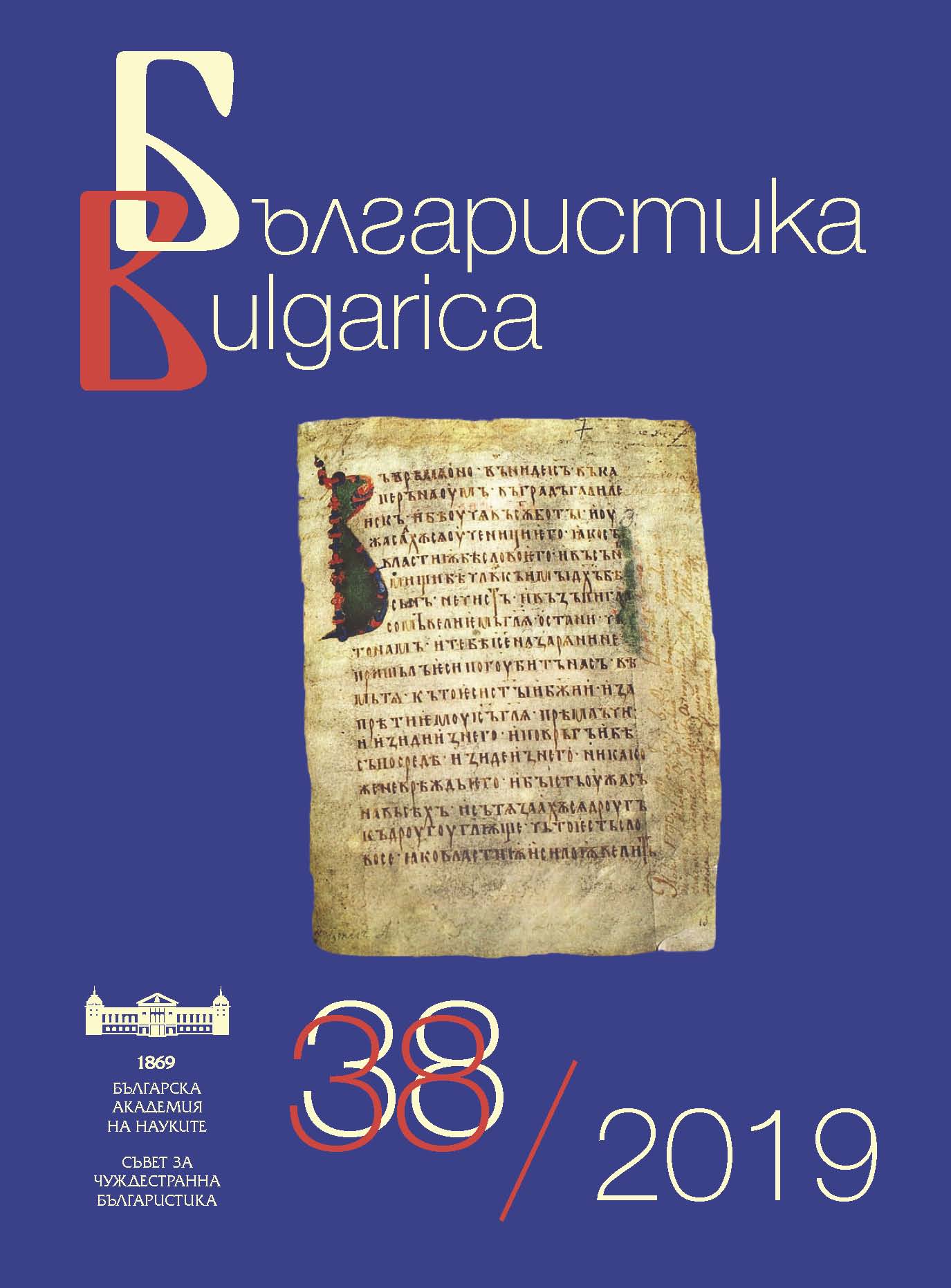

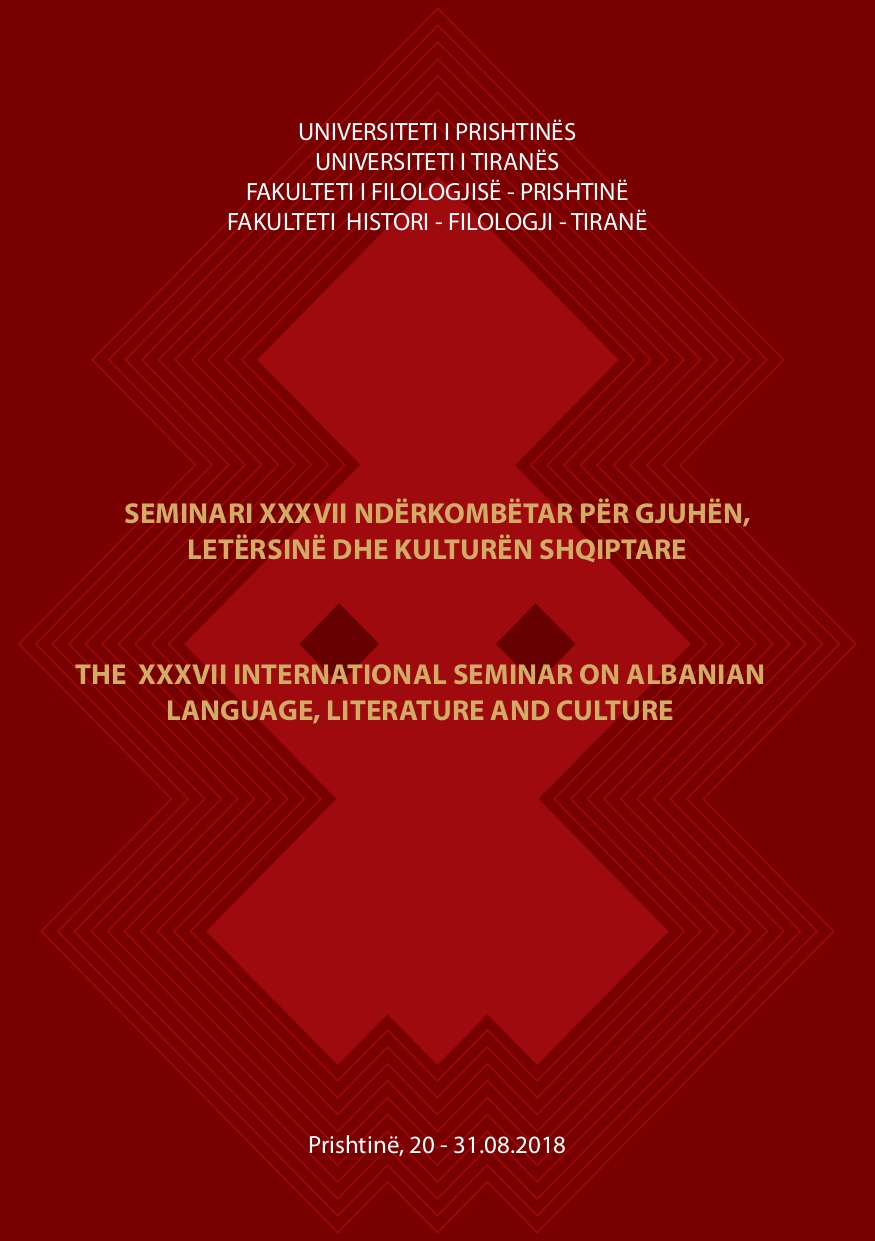
The Greek-Arvanitika-Albanian Dictionary of Panajot Kupitori was composed around 1870-1880 and it was published in Athens, in 2006, by the researcher Titos Jochalas. In a previous study (Qirjazi 2013) we had pointed out the great lexical wealth of the Albanian which remains hidden in the interpretive part of the lemmas in the Kupitori’s dictionary and also, we had mentioned some aspects on the temporal stratification (the ‘fjalë plaka’/old words and the ‘fjalë nuse’/neologisms) and its’ spatial expansion (words from the Arvanitika dialect of Hidra and some other Albanian dialects). The composition of its’ reverse Albanian-Avanitika-Greek form is a part of a project for the preparation of a dictionary of the Arvanitika dialects in Greece and it began as a master thesis of the postgraduate student E. Bilali under the guidance of As. Prof. Dh. Q. Qirjazi. With this paper we will share our experience so far on the subject and we will describe some of our criteria and the directions we will follow in the future on this project.
More...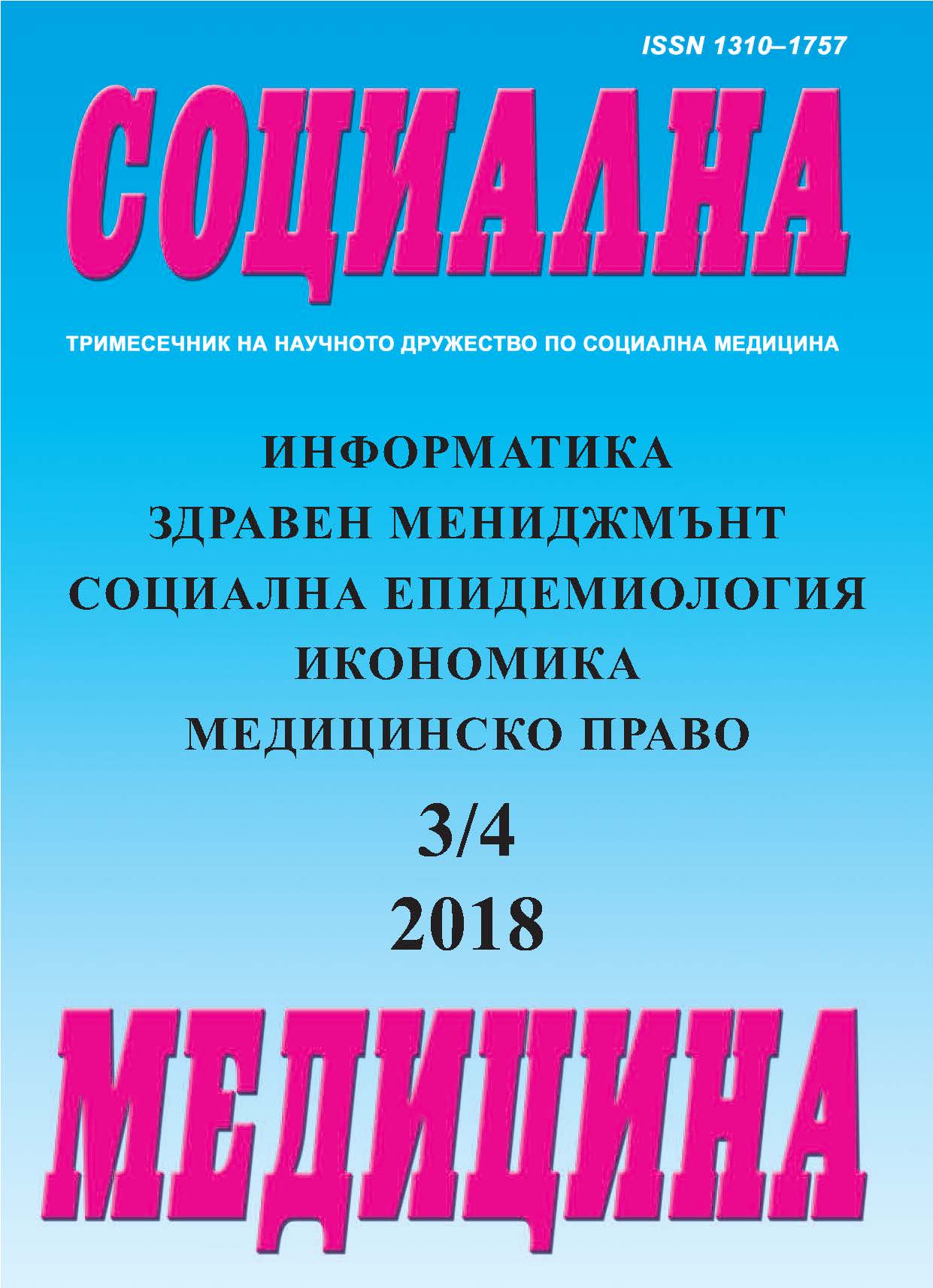
Oncological screening is one of the measures to control cancer. The introduction of population-based screening programs can lead to a significant reduction in mortality and morbidity, if the quality criteria are met. In Bulgaria, screening is opportunistic, unsystematic and ineffective. Purpose: To explore the knowledge and attitudes for attending screening tests, among cervical, mammographic and colorectal screening subjects as well as their assessment of communication with medical professionals involved in cancer prevention in Bulgaria. Methods: 300 citizens over the age of 25 were interviewed, divided into three groups according to the screening location. The data were collected in May 2018 through standardized interviews at the respondents’ home. Results: The knowledge about screening tests among citizens is insufficient and varies greatly for different locations. Medical professionals do not provide sufficient information on the benefits and risks from screening tests. Among the citizens, positive attitudes to screening prevail, with the recommendation given from a doctor being preferred to the written invitation. Conclusion: Continuous efforts are needed to raise the information level and knowledge about screening studies, their nature and objectives. It is necessary to develop algorithms and guidelines for medical professionals conducting screening as well as unified documentation.
More...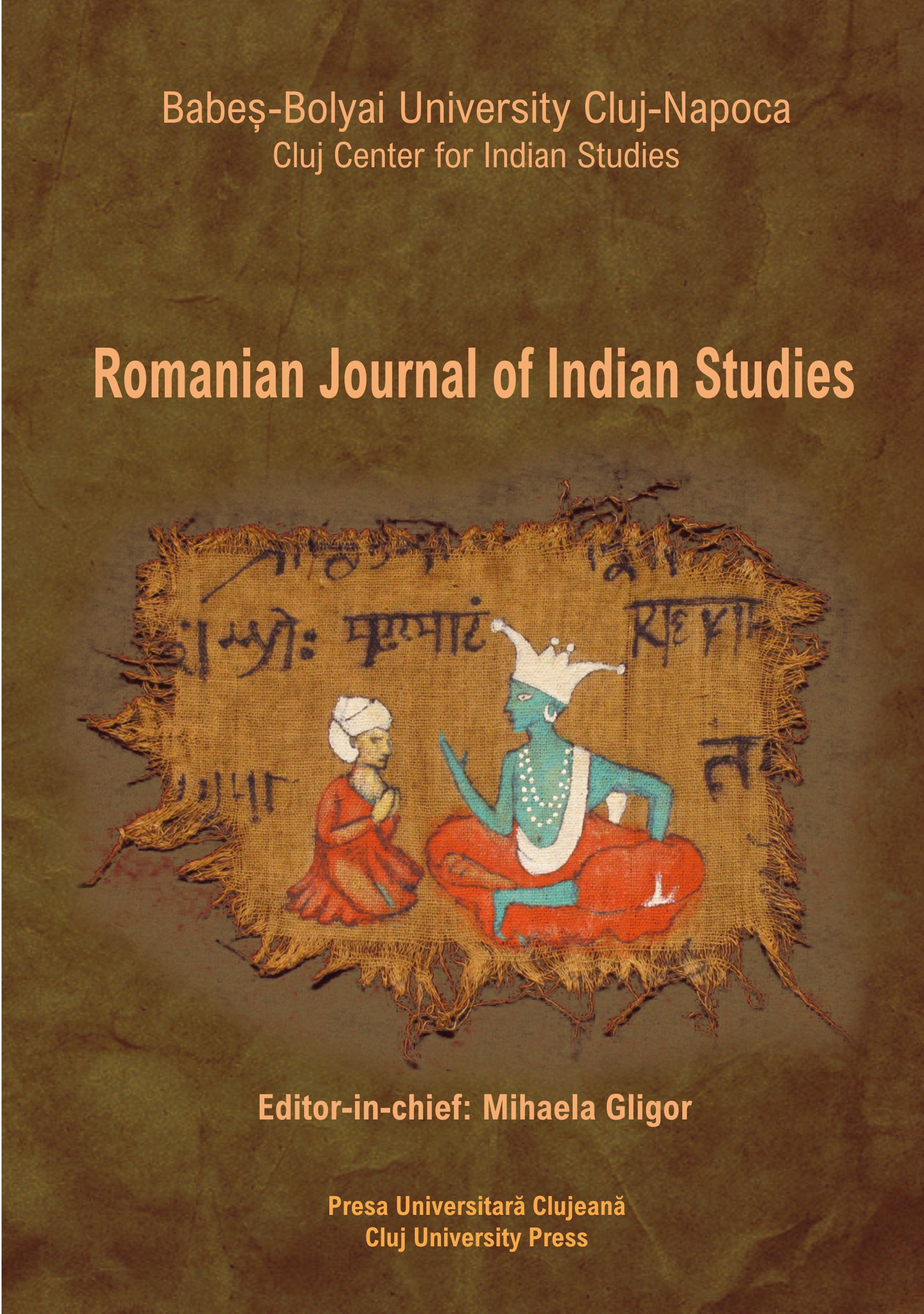

How many are the Rāmas? Rāmaṉ ettaṉai Rāmaṉaṭi is a popular movie song. Kṛṣṇa is here (Kurukṣetra), yonder(Bṛndāvana) and everywhere (minds of devotees). The two are the principal characters in the hymns of the Āḻvārs that lead to meditate on Kṛṣṇaism and Rāmaism. They are one with the avatāras of Viṣṇu, and at the same time on either polarity from the feminine point of view; Rāma is ekapatnīvratin and Kṛṣṇa’s anekapatnī. TheĀḻvārs, cf. hymns bearing on divyadeśa-Pullāṇi (Tirumaṅkai in Periya Tirumoḻi), and some north Indian folk songs view Rāma, the beloved of several lovesick maidens. The article proposes to discover Rāma in the Bṛndāvana (cf. Fig. 5), not Aśoka-vanaṃ. In either case, philosophically the several lively women are paśus committed to ātmanivedana due to virahabhakti.
More...
Vaṭapartraśayī is an iconographic form of Viṣṇu,representing the child - Krṣṇa (Kaṇha in Prākrit or Kaṇṇaṉ in Tamil)reposing on banyan-leaf conversing with the eternally youthful sage, Mārkaṇḍeya. Sculptural evidences of this form are traceable in the art of Tamilnāḍu since the Early Cōḻa period, early half of the 9thcentury CE (Desai 2013, 2016 and Gail 2014). Śeṣaśāyī finds theLord reposing on the eternal serpent, Ananta, also known as Śeṣa, an“emblem of eternity”. R.K.K. Rajarajan (2018: 14, 23) is uncertain whether Brahmā is affiliated with a child. The present article affirms Brahmā in early samples is somehow associated with of Vaṭapatraśāyī, the child-God. Brahmā originates from the lotus emanating from the umbilicus of padmanābha-Śeṣaśāyī. NeitherŚeṣaśāyī nor Brahmā are viewed in child-form in this case. TheTamil mystics, the Āḻvārs, have bequeathed a rich literature bearing on Vaṭapatraśāyī, called Ālilaimēvumāyaṉ (the Māya pervading over the banyan leaf).
More...